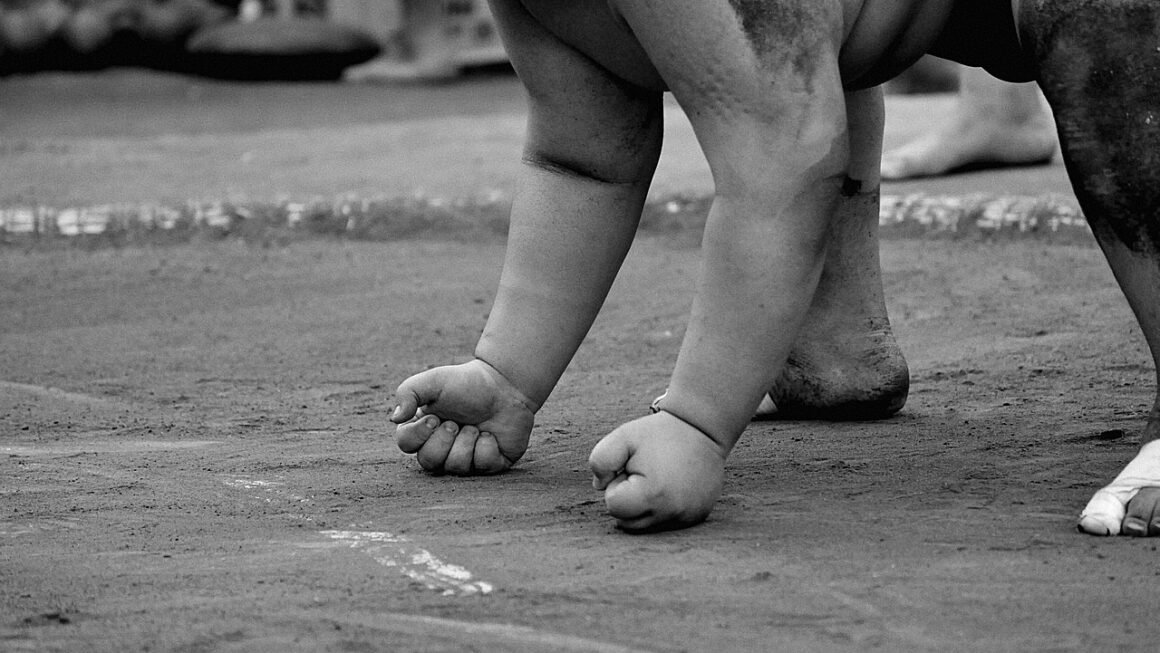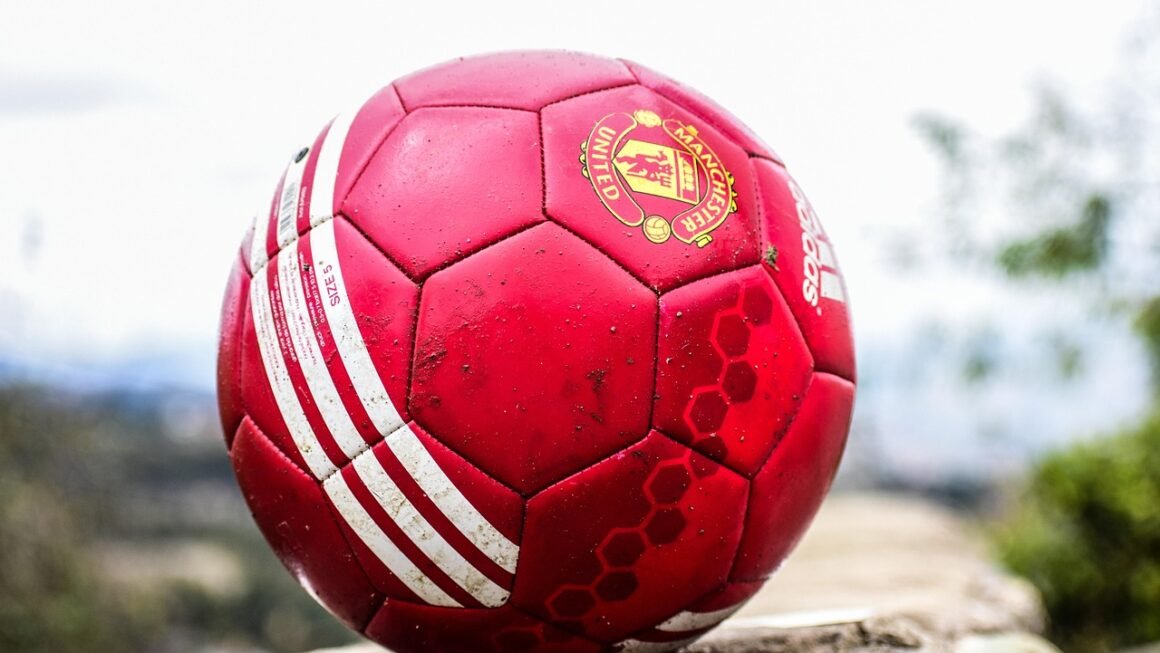Snowboarding: Gliding down the slopes on a single board, feeling the rush of wind, and carving your own path through the snow – it’s an experience unlike any other. Whether you’re a seasoned pro or a curious beginner, snowboarding offers a thrilling combination of athleticism, artistry, and connection with nature. This guide will cover everything you need to know to embark on your snowboarding journey, from understanding the basics to mastering advanced techniques.
Choosing the Right Snowboard and Gear
Selecting the Perfect Snowboard
Choosing the right snowboard is crucial for a comfortable and successful riding experience. Several factors come into play:
- Riding Style: Are you interested in freestyle, all-mountain, or freeride snowboarding?
Freestyle boards are shorter, more flexible, and designed for park riding and tricks. They often feature a twin shape (symmetrical) for riding switch (backwards). Example: Lib Tech Skate Banana.
All-mountain boards are versatile, suitable for various terrains and snow conditions. They strike a balance between flexibility and stiffness. Example: Burton Custom.
Freeride boards are stiffer, longer, and designed for off-piste riding and deep powder. They often feature a directional shape (designed to be ridden in one direction). Example: Jones Frontier.
- Board Length: Snowboard length is primarily determined by your height and weight. A general rule of thumb is that the board should reach somewhere between your chin and nose when standing upright. Manufacturers provide size charts, so check these for specific board recommendations.
Shorter boards are easier to turn and maneuver, while longer boards offer greater stability at higher speeds.
- Board Flex: The flex of a snowboard affects its responsiveness and handling.
Softer flex boards are more forgiving and easier to turn, making them ideal for beginners.
Stiffer flex boards offer more stability and control at high speeds, preferred by experienced riders.
- Camber Profile: The camber profile refers to the shape of the snowboard when laid flat. Common profiles include:
Camber: Offers pop and edge hold, ideal for experienced riders.
Rocker (Reverse Camber): Easier to turn and floats well in powder, good for beginners.
Flat: A balance between camber and rocker, providing versatility.
Hybrid: Combines different camber profiles for specific performance characteristics.
Essential Snowboard Gear
Beyond the board, having the right gear is essential for safety and comfort:
- Snowboard Boots: Boots should fit snugly but comfortably. Ensure your toes have a little wiggle room when standing upright, but your heel shouldn’t lift when leaning forward. Try on boots with snowboarding socks.
- Snowboard Bindings: Bindings attach your boots to the snowboard. They come in various styles, including strap-in and rear-entry. Consider the flex of your bindings and ensure they are compatible with your board and boots.
- Helmet: A properly fitted helmet is non-negotiable. Look for helmets certified by ASTM or CE. Replace your helmet after any significant impact.
- Goggles: Protect your eyes from the sun, wind, and snow. Choose goggles with appropriate lens tints for different weather conditions. Consider goggles with anti-fog coating.
- Gloves or Mittens: Keep your hands warm and dry. Mittens generally offer better warmth than gloves. Look for waterproof and breathable materials.
- Snow Pants and Jacket: Choose waterproof and breathable outerwear to stay comfortable in cold and wet conditions. Layering is key.
- Base Layers: Wear moisture-wicking base layers to regulate your body temperature. Avoid cotton.
- Snowboard Socks: Use specialized snowboard socks that are thin and tall, extending above your boot line.
- Optional Protective Gear: Wrist guards, knee pads, and back protectors can provide additional protection, especially for beginners or those attempting more advanced tricks.
Snowboarding Basics and Techniques
Getting Started: First Steps on the Snow
Before hitting the slopes, familiarize yourself with the basics:
- Finding Your Stance: Determine whether you are goofy (right foot forward) or regular (left foot forward). A simple test is to have someone gently push you forward – the foot you naturally put forward to catch yourself is usually your lead foot.
- Getting on the Lift: Beginners often struggle with getting on and off the lift. Watch experienced riders and ask for help from lift operators if needed.
- Skating: Skating involves pushing yourself along the snow with one foot while the other is strapped to the board. This is essential for navigating flat areas and getting to the lift line.
- Falling Leaf: The falling leaf is a fundamental exercise where you slide down the slope in a zigzag pattern, alternating between your heel edge and toe edge. This helps you control your speed and direction.
Basic Snowboarding Techniques
Mastering these basic techniques is crucial for progressing:
- Heel Edge Turns: Lean back slightly and apply pressure to your heels to engage the heel edge. Steer with your shoulders and hips.
- Toe Edge Turns: Lean forward slightly and apply pressure to your toes to engage the toe edge. Again, steer with your shoulders and hips.
- Linking Turns: Practice smoothly transitioning between heel edge and toe edge turns. Keep your knees bent and maintain a balanced stance.
- Stopping: Use a controlled heel edge or toe edge turn to slow down and come to a stop.
- Maintaining Balance: Keep your knees bent, your core engaged, and your weight centered over the board. Look in the direction you want to go.
Progression: Tips for Improvement
- Take Lessons: A qualified instructor can provide personalized guidance and help you correct bad habits.
- Practice Regularly: The more you ride, the more comfortable and confident you will become.
- Watch Videos: Study the techniques of professional snowboarders.
- Ride with Friends: Learning with friends can be motivating and fun.
- Challenge Yourself: Gradually increase the difficulty of the terrain you ride.
- Be Patient: Learning to snowboard takes time and effort. Don’t get discouraged by setbacks.
Safety and Etiquette on the Slopes
Essential Safety Tips
- Know Your Limits: Don’t attempt terrain that is beyond your skill level.
- Control Your Speed: Ride at a speed that allows you to maintain control.
- Be Aware of Your Surroundings: Pay attention to other riders, skiers, and obstacles on the slope.
- Yield to the Downhill Rider: The rider below you has the right of way.
- Look Uphill Before Starting: Ensure it is clear before entering a trail or starting down a slope.
- Heed All Signs and Warnings: Obey all posted signs and warnings.
- Stay on Marked Trails: Avoid venturing into unmarked or closed areas.
- Use the Buddy System: Ride with a friend and keep an eye on each other.
- Know First Aid Procedures: Be familiar with basic first aid procedures.
Snowboard Etiquette
- Don’t Cut People Off: Avoid cutting in front of other riders or skiers.
- Don’t Sit in the Middle of the Trail: Move to the side of the trail if you need to stop.
- Don’t Leave Equipment in the Middle of the Trail: Keep your board and other equipment out of the way.
- Respect the Environment: Don’t litter or damage the environment.
- Be Courteous to Others: Be friendly and respectful to other riders and skiers.
Staying Warm and Comfortable
Layering for Success
Layering is the key to staying warm and comfortable on the slopes:
- Base Layer: A moisture-wicking base layer (such as merino wool or synthetic fabric) helps regulate your body temperature by drawing sweat away from your skin.
- Mid-Layer: An insulating mid-layer (such as fleece or down) provides warmth.
- Outer Layer: A waterproof and breathable outer layer (such as a snowboard jacket and pants) protects you from the elements.
Hydration and Nutrition
- Stay Hydrated: Drink plenty of water throughout the day to prevent dehydration.
- Eat Energy-Rich Foods: Consume energy-rich foods (such as granola bars, nuts, and fruit) to fuel your body.
- Avoid Alcohol: Alcohol can impair your judgment and increase your risk of injury.
Protecting Your Skin
- Wear Sunscreen: Protect your skin from the sun’s harmful rays, even on cloudy days. Apply sunscreen to all exposed skin.
- Use Lip Balm: Prevent chapped lips by using lip balm with SPF.
Conclusion
Snowboarding is an exhilarating sport that offers a unique blend of adventure and skill. By choosing the right gear, mastering the basics, and practicing regularly, you can experience the thrill of carving down the mountain. Remember to prioritize safety, respect the environment, and have fun! With dedication and perseverance, you’ll be shredding the slopes in no time.



